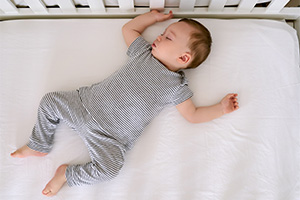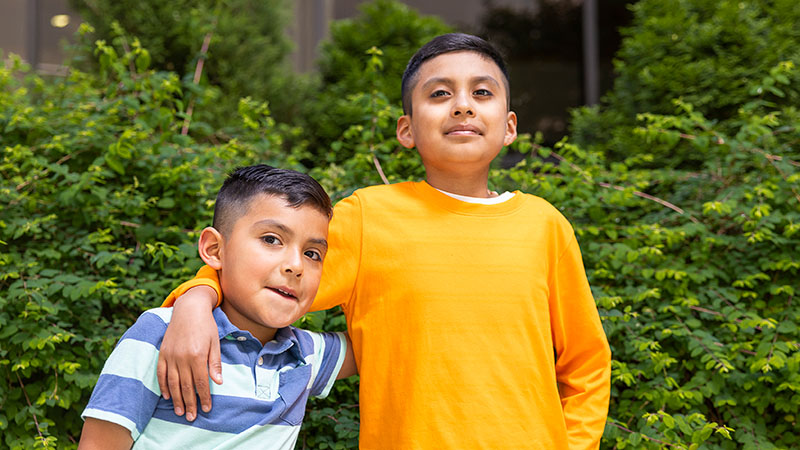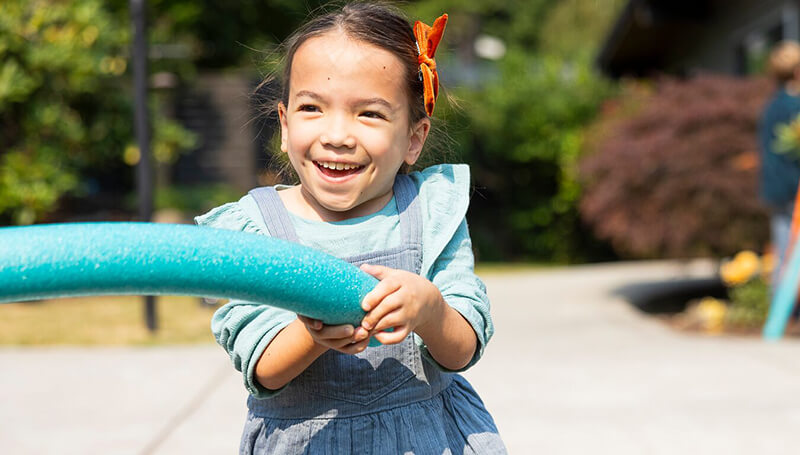Safe Sleep for Babies
 Sudden Infant Death Syndrome (SIDS) is the unexplained death of a baby under age 1 and most often occurs during sleep. SIDS and other sleep-related deaths can happen when a baby suffocates, overheats or strangles. You and everyone who cares for your baby can help prevent SIDS. Follow safe sleep practices at home and away from home, for both naptime and nighttime.
Sudden Infant Death Syndrome (SIDS) is the unexplained death of a baby under age 1 and most often occurs during sleep. SIDS and other sleep-related deaths can happen when a baby suffocates, overheats or strangles. You and everyone who cares for your baby can help prevent SIDS. Follow safe sleep practices at home and away from home, for both naptime and nighttime.
Your baby should sleep alone in a bassinet or crib with a flat, firm mattress and a tightly fitted sheet. While bed-sharing is not recommended, experts advise keeping your baby’s crib in your bedroom for the first six months. Always place your baby on their back to sleep. Make sure the crib is completely empty of all objects including blankets, pillows, stuffed animals, toys, sleep positioners and bumper pads. These can block airways or overheat or strangle your child. Following these and other safe sleep practices can greatly reduce the risk of SIDS.


